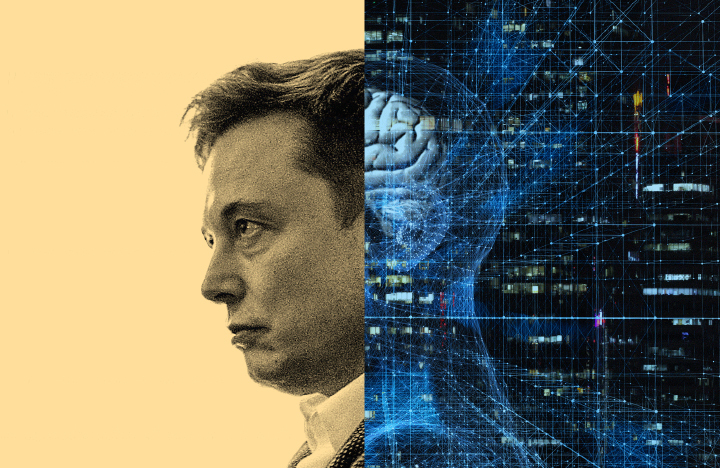In the realm of cutting-edge technology, few names resonate as powerfully as Elon Musk’s Neuralink. Positioned at the intersection of neuroscience and artificial intelligence, Neuralink aims to revolutionize the way we interact with computers, leveraging brain-computer interface (BCI) technology to enhance human capabilities and address neurological disorders. Let’s dive into this transformative venture and explore its implications for the future.
Understanding Neuralink
At its core, Neuralink is striving to develop implantable brain-machine interfaces that enable direct communication between the human brain and external devices. Musk envisions a future where individuals can seamlessly interact with computers and other digital systems using only their thoughts. This ambitious goal is pursued through a combination of advanced neuroscience, engineering, and computational prowess.
The Technology Behind Neuralink
Neuralink’s technology relies on tiny, flexible threads, thinner than a human hair, embedded with electrodes that can be surgically implanted into the brain. These threads are designed to detect and record neural activity with unprecedented precision, offering insights into brain function at an unparalleled level of detail. Additionally, Neuralink’s system includes a small implantable device, known as the Link, which processes neural signals and facilitates communication with external devices.
Applications and Potential Benefits
The applications of Neuralink are vast and diverse. From restoring mobility to paralyzed individuals by decoding neural signals to enabling new forms of communication for those with speech impairments, the potential benefits are immense. Moreover, Neuralink holds promise for enhancing cognitive abilities, such as memory retention and learning speed, by interfacing directly with the brain’s neural networks.
Ethical and Societal Implications
While the prospects of Neuralink are undeniably exciting, they also raise important ethical and societal questions. Concerns about privacy, consent, and equitable access to this technology must be carefully addressed. Moreover, the potential for misuse, such as unauthorized access to neural data or the creation of augmented humans, necessitates robust ethical frameworks and regulatory oversight.
Challenges and Future Outlook
Despite remarkable progress, Neuralink faces significant challenges on the road to widespread adoption. Technical hurdles, including ensuring long-term biocompatibility and optimizing signal processing algorithms, remain to be overcome. Furthermore, societal acceptance and regulatory approval will play a crucial role in shaping the trajectory of BCI technology.
Conclusion:
A Glimpse into the Future As Neuralink continues to push the boundaries of what’s possible, we stand at the brink of a new era in human-machine interaction. The journey towards fully realized brain-computer interfaces is fraught with obstacles, yet the potential rewards are nothing short of revolutionary. With visionary leaders like Elon Musk at the helm, Neuralink serves as a beacon of hope for a future where the barriers between mind and machine are transcended, ushering in a world of limitless possibilities.

Comments
Leave a comment